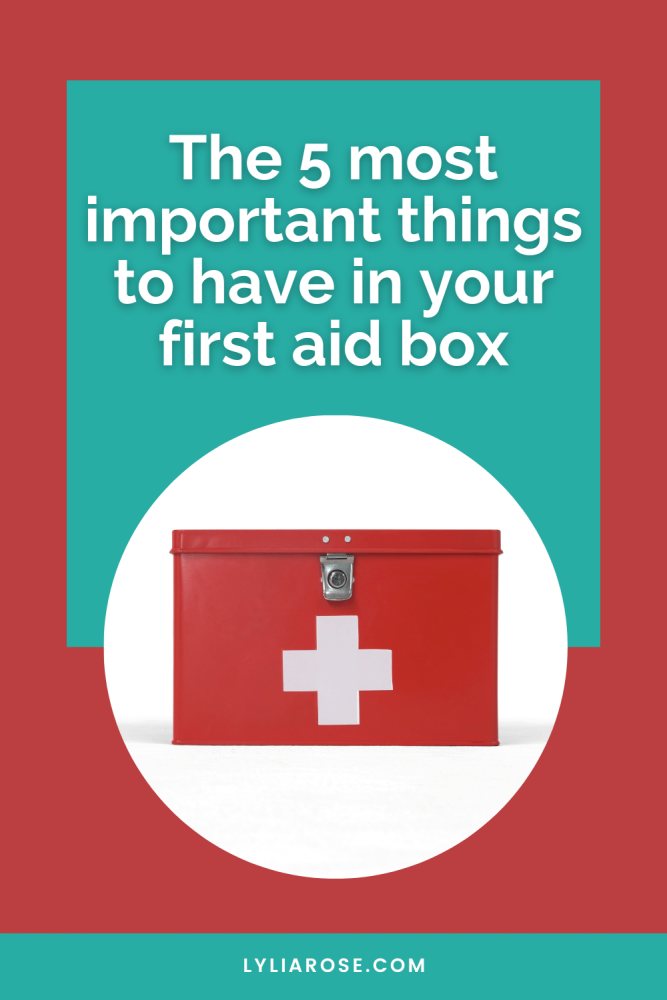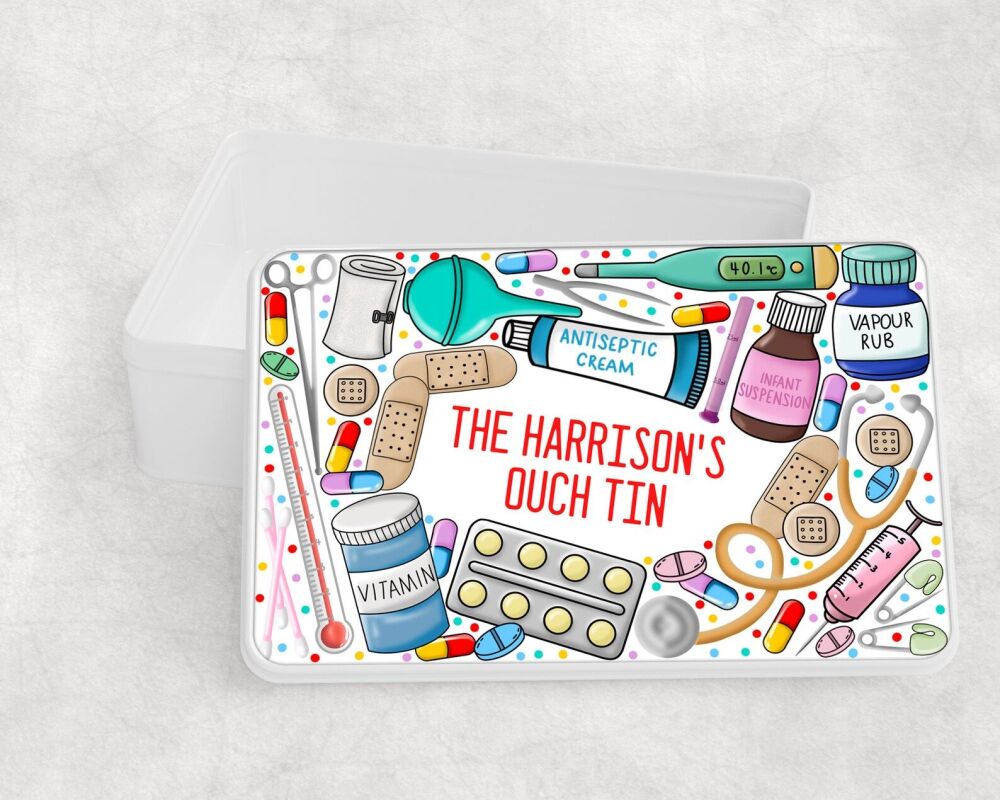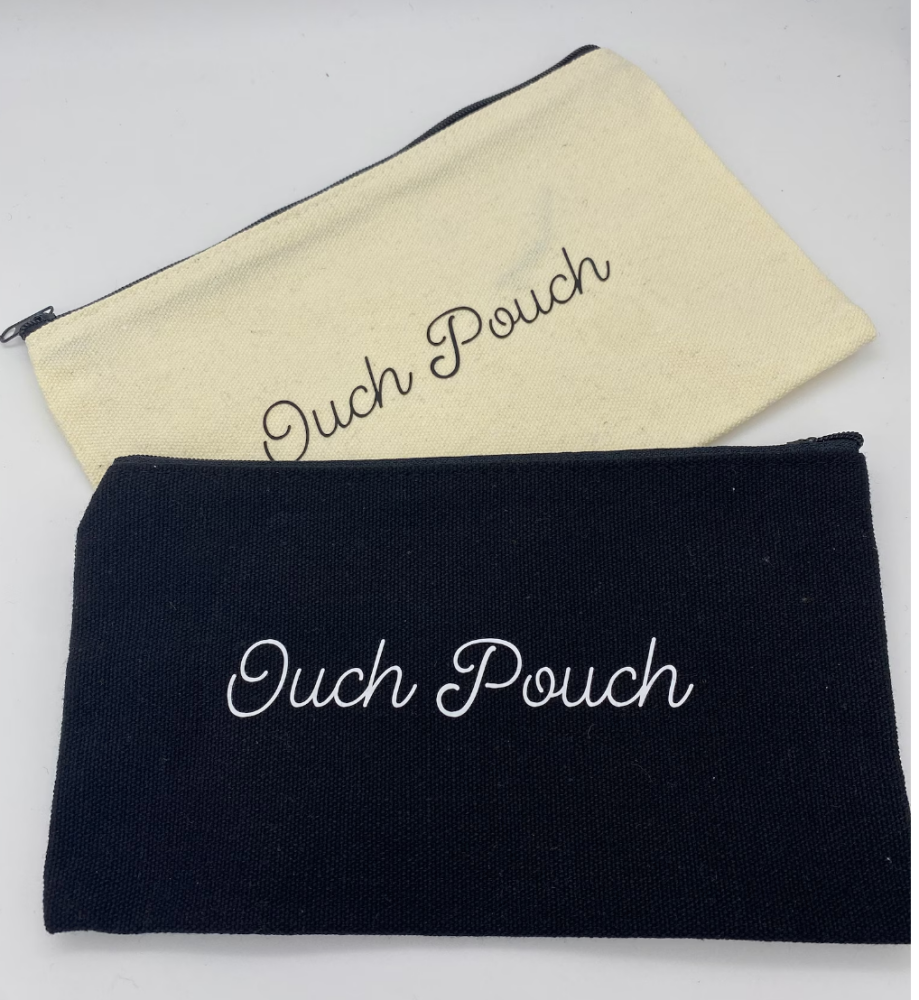The 5 Most Important Things to Have in Your First Aid Box
Posted on
Welcome to our informative guide on assembling the quintessential first aid box. In this article, we'll delve into the 5 essential items you should always have at your fingertips in case of emergencies.
Whether you're a first-time home manager or simply looking to refresh your first aid kit, our concise advice will help you stay prepared and keep your loved ones safe.
Let's dive right in!

5 most important things to have in your first aid box
Having a first aid box wherever you are, whether at work, home or camping, is an essential. You never know when an injury may occur or when you may need to give first aid to yourself, your family or even a stranger. You may make your own first aid kit or buy one from many pharmacies and drug stores or online. Here are some items you should include:
1. Bandages and dressings
Bandages and dressings are indispensable components of your first aid kit. They play a vital role in addressing cuts, scrapes, or severe bleeding. These items are sterile and exceptionally absorbent, ensuring a clean environment for wound care. Unlike Elastoplast, they can be securely wrapped and tied around the injured area, providing superior adhesion.
In critical situations involving severe bleeding, a bandage can serve as a tourniquet when tied above the wound. This technique effectively reduces blood flow to the injured region, swiftly halting blood loss. The presence of this simple yet crucial piece of equipment could mean the difference between life and death in the event of a significant cut. It's a small but potentially life-saving inclusion in your first aid kit.
2. Scissors
Scissors are another essential item for your first aid kit. They serve multiple purposes, such as cutting bandages, clothes, ropes, seatbelts, and more. While first aid scissors are typically used for straightforward tasks like trimming dressings to the right size, they can also come in handy in more critical situations. For instance, they can be used to cut away clothing to expose the injury site if necessary. Having scissors in your kit provides versatility for various emergency scenarios.

Personalised first aid box - Etsy
3. Tweezers
Tweezers are a straightforward yet often overlooked item in a first aid kit. Remember all those childhood splinters? They can be painful and, if left untreated, can lead to infection. The key is to remove splinters as soon as possible.
If you're a frequent camper, tweezers are a must-have when putting together your first aid kit, especially considering the activities you'll be involved in. They make dealing with splinters a breeze and help keep minor injuries from becoming major problems.
4. Gloves
Including gloves in your first aid kit is vital. They provide protection against bodily fluids and other potentially harmful substances. It's essential to avoid cleaning wounds with your bare hands, as they can harbor numerous germs. When administering first aid, it's crucial to ensure your own safety along with the person you're helping.
Imagine if you have a cut on your hand; you could expose yourself to blood-borne viruses, turning a single casualty situation into two. So, gloves are a simple yet critical addition to your first aid kit, ensuring safety for both the caregiver and the injured person.

5. Pain relieving medication
Pain relieving medication and pain relief cream are valuable additions to your first aid kit. It's not uncommon for someone to ask for aspirin or ibuprofen, and having these medications at hand is convenient. Additionally, including a natural pain relief cream can provide targeted relief for localised pain and discomfort, while being mindful of ingredients. So, with both medication and cream, you'll be well-prepared to address various pain-related issues in your first aid kit.
Final word on 5 most important things to have in your first aid kit
In conclusion, the items we've discussed are among the key essentials for your first aid kit, but this list is by no means exhaustive. Depending on whether you're using a first aid kit in an individual or family setting, there may be additional items that come in handy. It's important to keep in mind that even basic first aid knowledge and a well-stocked kit can make a significant difference and potentially save a life. So, always stay prepared and ready to lend a helping hand when needed.
There's lots of advice online for how to make a first aid box if you need more guidance.
